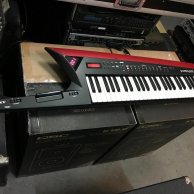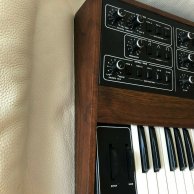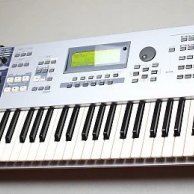Synthopolis
Tucked in snug at Musikmesse 2015 between the synth / keyboard area and the DJ world was a little row of flashing lights, flipping switches and knobs that drew the kids in like moths to a flame. All those cables sticking out and flickering LEDs, along with sci-fi looking hardware construction really lends itself to the popular retro movement going on in music at the moment. I’m talking, of course, about analog modular synths.
I am not so experienced in the world of full analog synth and modular synthesis in general, so it was a bit overwhelming at first to be surrounded by so many bits and pieces. Luckily, I managed to run into Richard Nicol from Pittsburgh Modular, who gave me a crash course in working a switchboard before showing me his 3.1 synthesizer. Pittsburgh Modular strives to make 1950’s, mad scientist looking synths that sound as pure as they look. The saw I heard coming out threw me back to the days when electronic music was still raw and sounded as if you got too close you might get electrocuted. Check out the boys at Pittsburgh Modular for the highest quality, all hand constructed synths and accessories. They even make their own woven patch cables!
Another eye catcher in the modular synth area was Patchblocks, with the release of their midi interface. Patchblocks was crowdfunded into existence a few years back; Patchblocks’ creator said he wanted this hardware sound construction set to be like a combination of Max, Arduino, Moog, and LEGO. These cute little brightly colored block synths are programmable through usb to computer, and now we have the opportunity to throw a keyboard into the mix to really push Patchblock into being a very portable, fully customizable and useful synth. The online library of software modules includes signal generators and processors (e.g. oscillators, filters, delays etc.), signal routing options and even modules for algorithmic composition.
An editor lets you emulate how your patch will sound and once you’re happy with it, you can upload it to your Patchblock hardware by connecting it via USB. Once programmed you can unplug the Patchblock and jam away. The online patchblock community flows directly through their website and there are a lot of existing presets in the community to choose from to get you started. At 39 GBP they are quite affordable alternatives to the competition, so keep your eye on these guys for the next big (or very small) thing.









 Other blog items you might be interested in...
Other blog items you might be interested in...









